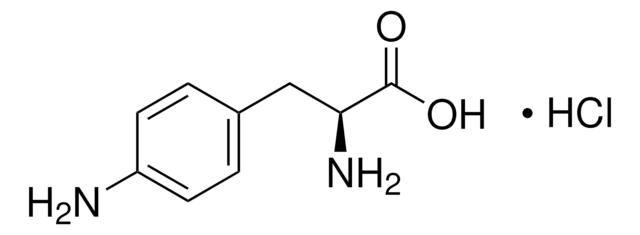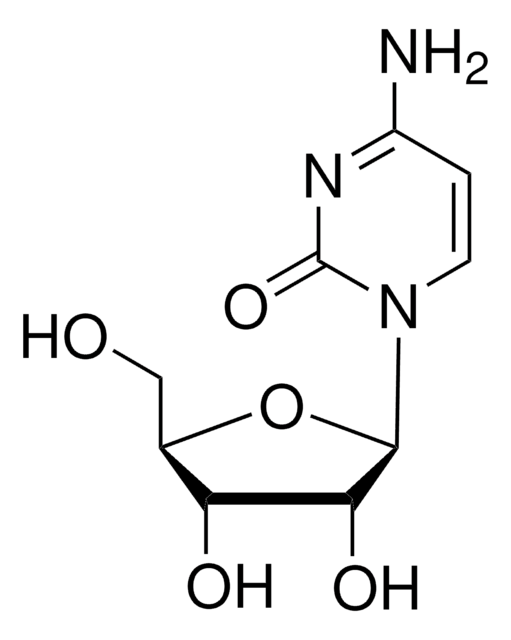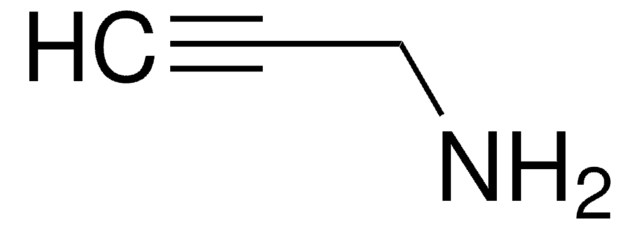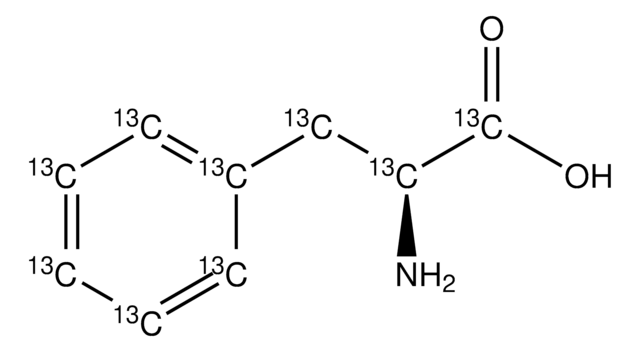909564
4-Azido-L-phenylalanine
≥98%
Synonym(s):
3-(p-Azidophenyl)-L-alanine hydrochloride, 4-Azidophenylalanine hydrochloride, 4-N3-L-Phenylalanine, p-Azido-L-phenylalanine hydrochloride, p-Azido-Phe*HCl, p-Azidophenylalanine hydrochloride, H-4-Azido-Phe*HCl, H-L-4-Azido-Phe-OH, H-L-Phe(4-N3)-OH, H-Phe(4-N3)*HCl, Phe(pN3)*HCl
About This Item
Recommended Products
Assay
≥98%
form
powder
reaction suitability
reaction type: click chemistry
reaction type: solution phase peptide synthesis
availability
available only in USA
storage temp.
−20°C
InChI
1S/C9H10N4O2/c10-8(9(14)15)5-6-1-3-7(4-2-6)12-13-11/h1-4,8H,5,10H2,(H,14,15)/t8-/m0/s1
InChI key
NEMHIKRLROONTL-QMMMGPOBSA-N
Application
related product
Signal Word
Danger
Hazard Statements
Precautionary Statements
Hazard Classifications
Self-react. C
Storage Class Code
5.2 - Organic peroxides and self-reacting hazardous materials
WGK
WGK 3
Flash Point(F)
Not applicable
Flash Point(C)
Not applicable
Regulatory Listings
Regulatory Listings are mainly provided for chemical products. Only limited information can be provided here for non-chemical products. No entry means none of the components are listed. It is the user’s obligation to ensure the safe and legal use of the product.
JAN Code
909564-VAR:
909564-BULK:
909564-100MG:
Choose from one of the most recent versions:
Certificates of Analysis (COA)
Don't see the Right Version?
If you require a particular version, you can look up a specific certificate by the Lot or Batch number.
Already Own This Product?
Find documentation for the products that you have recently purchased in the Document Library.
Our team of scientists has experience in all areas of research including Life Science, Material Science, Chemical Synthesis, Chromatography, Analytical and many others.
Contact Technical Service









